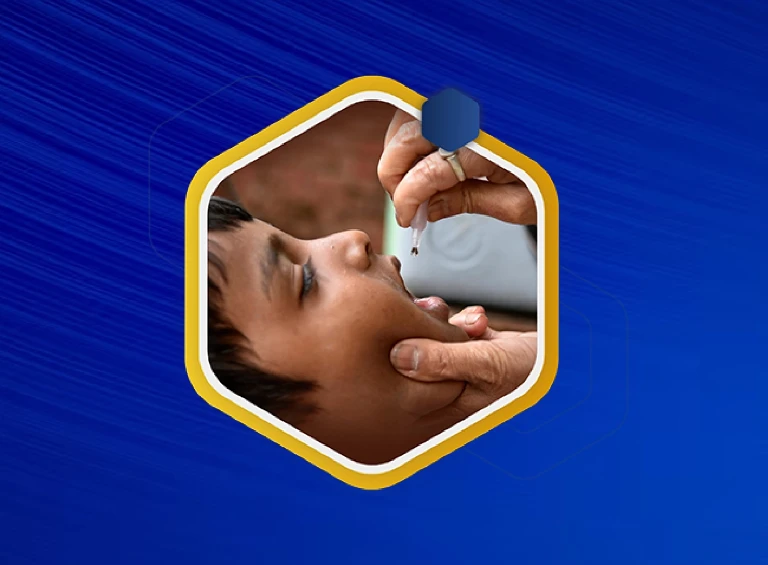Socioecological challenges of polio supplementary immunization activities (SIAs) in the Asia-Pacific region: A systematic review

A strong routine immunization system is the foundation for sustaining immunity in a vast population against vaccine-preventable diseases. Polio supplementary immunization activity is mass immunization that complements routine immunization to achieve polio eradication. The main objective of supplementary immunization activities is to increase vaccine coverage by administering two doses with an interval of 4-6 weeks of oral polio vaccine to all children less than five years old, irrespective of their immunization status. This systematic review is aimed to identify the challenges of polio supplementary immunization activities based on the socioecological model approach with the improvement strategies.
Read more to know about the multifaceted challenges and hurdles faced during supplementary immunization activities.
Background
Polio supplementary immunization activities (SIAs) are one of the polio eradication pillars in the Global Polio Eradication Initiative (GPEI) that increased the immunization coverage and made progress towards polio eradication. However, socioecological challenges faced during SIAs contribute to suboptimal campaign quality. The aim of this review is to identify the reported challenges during polio supplementary immunization activities (SIAs) and associated improvement strategies based on the socioecological model (SEM).
Methods
Articles were searched from three databases which were WOS, Scopus, and PubMed. The systemic review identified the primary articles related to SIA that focused on the impact of immunization coverage, challenges, and improvement strategies. The inclusion criteria were open access English articles that were published between 2012 and 2021 and conducted in the Asia region.
Results
There are nine articles described and explained regarding some form of supplementary immunization activities (SIAs) in their findings across Asia region. The majority of studies selected reported on post vaccination coverage and revealed a multifaceted challenge faced during SIAs which are widely diverse range from the microlevel of interpersonal aspects up to the macrolevel of government policy. Upon further analysis, the intervention at community level was the most dominant strategies reported during the SIA program.
Conclusion
An effective SIAs program provides the opportunity to increase the national capacity of the polio immunization program, reducing inequities in service delivery and offering additional public health benefits in controlling polio outbreaks in both endemic and nonendemic countries. Strengthening routine immunization (RI) programmes is also important for the sustainability of SIA's programs. Despite the challenges and hurdles, many Asian countries exhibited great political willingness to boost polio immunization coverage through SIA efforts.
For more details on the article
- Ahmad H, Sanef SA, Shahabudin WZ, et al. Socioecological Challenges of Polio Supplementary Immunization Activities (SIAs) in the Asia-Pacific Region: A Systematic Review. J Environ Public Health. 2023 Jan 28;2023:4801424. doi: 10.1155/2023/4801424. PMID: 36747498; PMCID: PMC9899143.




